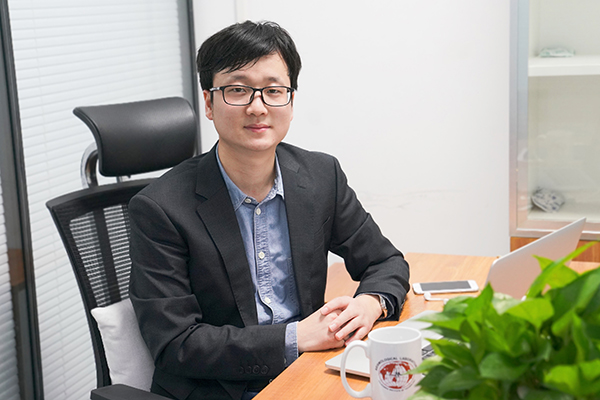Recently, scholars from the Southern University of Science and Technology (SUSTech) received accolades at the 19th Annual Meeting of the Asia Oceania Geosciences Society (AOGS2022)
Between August 2 and 4, 2022, Zhenzhong ZENG, Associate Professor of the School of Environmental Science and Engineering (ESE), and Jiashun HU, Associate Professor of the Department of Earth and Space Sciences (ESS), were awarded the 19th AOGS Kamide Lecture Award, respectively.
At the conference, they presented special reports introducing their research progress in ecohydrology and plate tectonics.

Established in 2003, the Asia Oceania Geosciences Society (AOGS) is an important international academic organization that promotes geosciences and its application for the benefit of humanity in Asia and Oceania.
AOGS covers eight sections, including research in atmospheric science, biogeosciences, hydrological sciences, interdisciplinary geosciences, ocean sciences, planetary sciences, solar and terrestrial sciences, and solid earth science.
The AOGS Kamide Lecture Award was established in 2015 and is awarded to only one person per section each year to recognize young scientists under the age of 35 who have made significant contributions to the field of earth sciences.
Profs. ZENG and HU won the award in the hydrological sciences and solid earth science sections, respectively.

Dr. Zhenzhong ZENG has been an Associate Professor at the School of ESE since 2019.
He has published more than 90 SCI papers, including 35 research papers published as the first or corresponding author in high-impact journals, including Science, Nature Climate Change, Nature Geoscience, Nature Sustainability, and Nature Communications.
His main research interests focus on ecological hydrology, climate mitigation, land-air interaction, global environmental change, and earth system simulation.

Dr. Jiashun HU joined SUSTech as an Assistant Professor in 2020. As the first or corresponding author, he has published about ten papers in academic journals such as Nature Geoscience, Nature Communications, Earth and Planetary Science Letters, and Geochemistry Geophysics Geosystems.
For most of his research, he uses large-scale computing and data-oriented geodynamic models to simulate the complex behavior of the solid Earth, including global plate motion, plate subduction, mantle convection, subduction orogeny and craton evolution.
Proofread ByYingying XIA
Photo By